Monstera plants, often called Swiss cheese plants, are popular houseplants known for their large, tropical leaves with signature holes. While these plants are relatively easy to care for, they can sometimes suffer damage or disease. Learning how to properly heal your monstera if problems arise is an important part of keeping it happy and healthy.
Identifying Signs of an Unhealthy Monstera
Before you can start the healing process, you first need to spot any signs of distress in your monstera. Here are some common indicators that your plant is struggling:
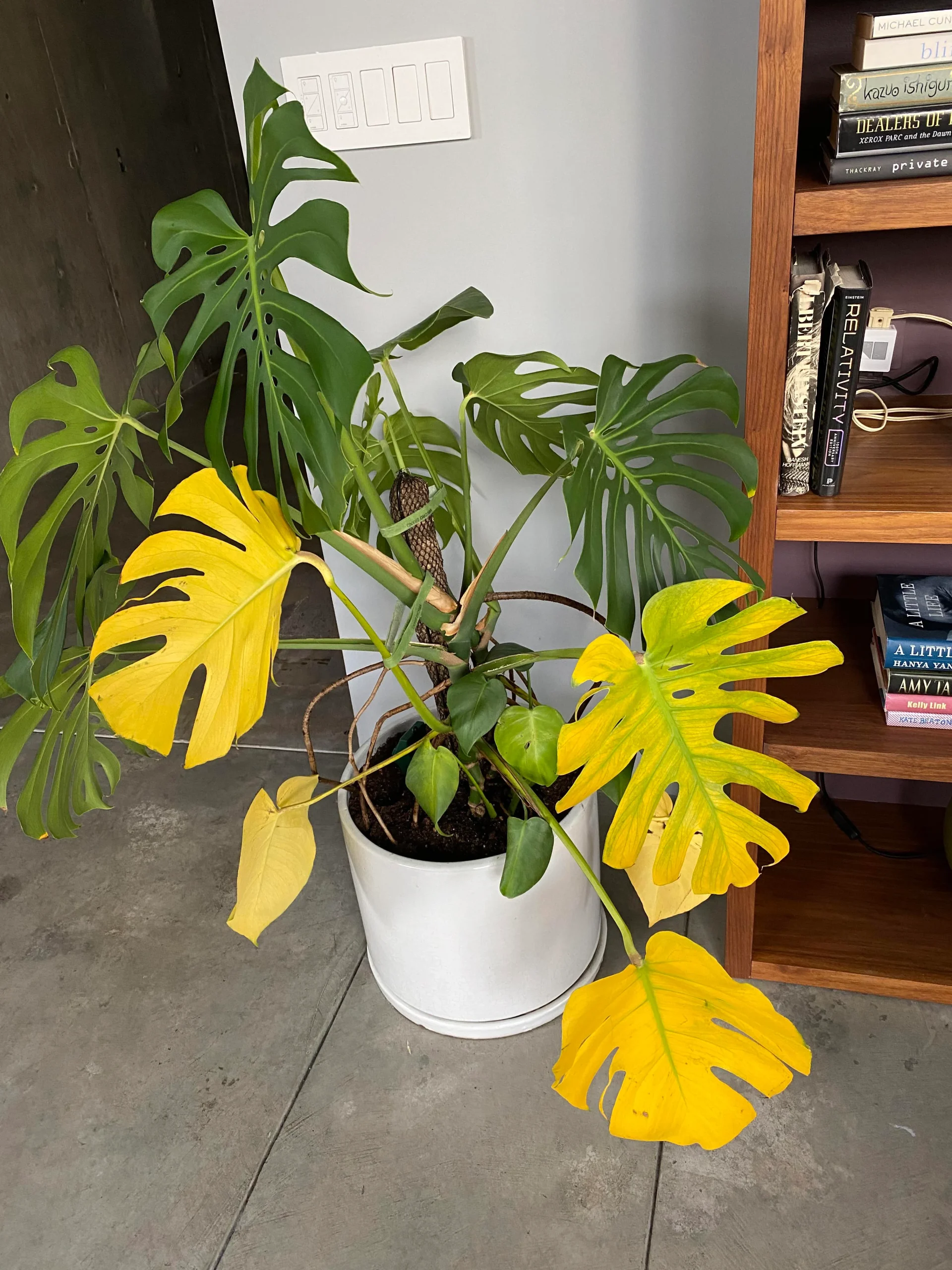
Drooping or Yellowing Leaves
If your Monstera leaves start sagging, drooping down, or turning yellow, this generally signals the plant is stressed. Causes could include over or under-watering, improper lighting, pests, or root issues. Consider adding a resilient ZZ plant, known for its ability to thrive in varying conditions, to your collection for a reliable, low-maintenance option.
Brown Crispy Leaves
Crispy brown leaves that are dry and brittle likely mean your plant is severely dehydrated and needs more frequent watering. Low humidity could also cause this leaf damage.
Strange Spots or Bumps
Spots, bumps, or other abnormal growths on Monstera leaves or stems may be due to bacterial/fungal diseases or insect infestations. Identify the cause and treat appropriately. Adding diverse plants like Aglaonema or Scindapsus to your indoor garden can help manage pests by reducing the concentration on a single plant type.
Adjusting Watering Habits
One of the most common issues with monsteras is improper watering, leading to drooping leaves, yellowing, or crispy brown spots. Here is how to fix your watering habits:
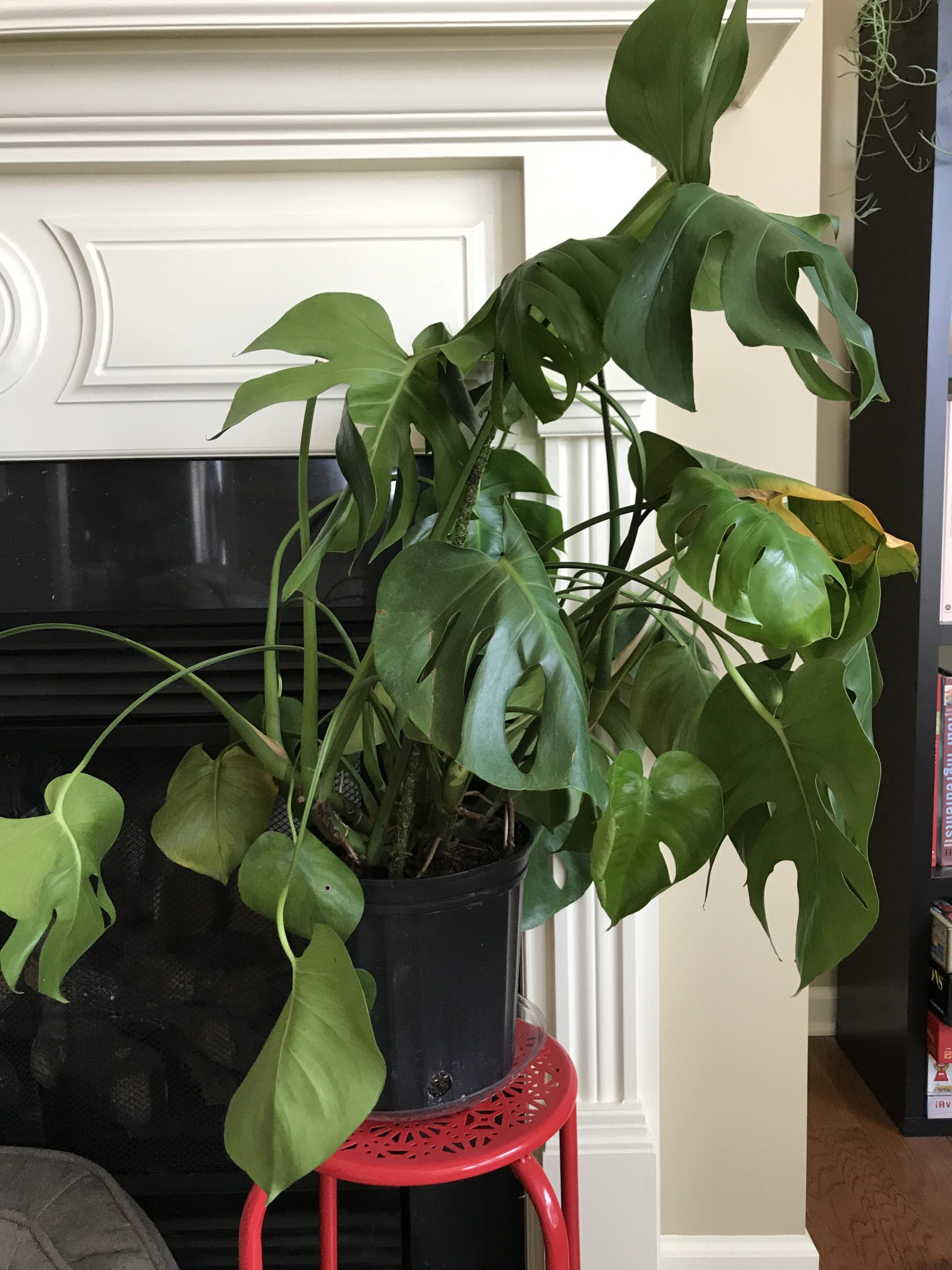
Check Soil Moisture
Get in the routine of checking the top few inches of soil before watering with your finger. The soil should not be bone dry but also not sopping wet. Adjust water frequency accordingly.
Improve Drainage
Stagnant moisture around the roots can attract pests and diseases. Ensure your Monstera pot has proper drainage. Complement your Monstera with hardy plants like Sansevieria, which can tolerate irregular watering schedules.
Increase Humidity
Low humidity causes excess leaf drying. Boost ambient moisture with a pebble tray, humidifier nearby, or regular misting. Plants like Homalomena and Epipremnum thrive in higher humidity and can help create a more balanced indoor environment.
Pruning Away Damaged Growth
If your monstera has leaves or stems that are severely damaged, pruning them away promotes healing and prevents spreading issues. Here’s how to prune properly:

Sterilize Pruning Shears
Wipe the blades with isopropyl alcohol before each cut to avoid transferring diseases between plants.
Remove Entire Leaf
It’s best to cut away the entire leaf down to the main stem, rather than just damaged sections. New leaves will grow in their place. Enhance your plant collection with unique foliage from Alocasia or Anthurium to diversify the aesthetic appeal.
Prune Back Roots if Needed
For root rot or other soil issues, repot the Monstera with fresh mix after pruning off the dead mushy roots.
Using Fungicides and Pesticides
For spotting bacterial/fungal infections or spider mite/insect invasions, you may need to bring out the big guns in the form of topical sprays.
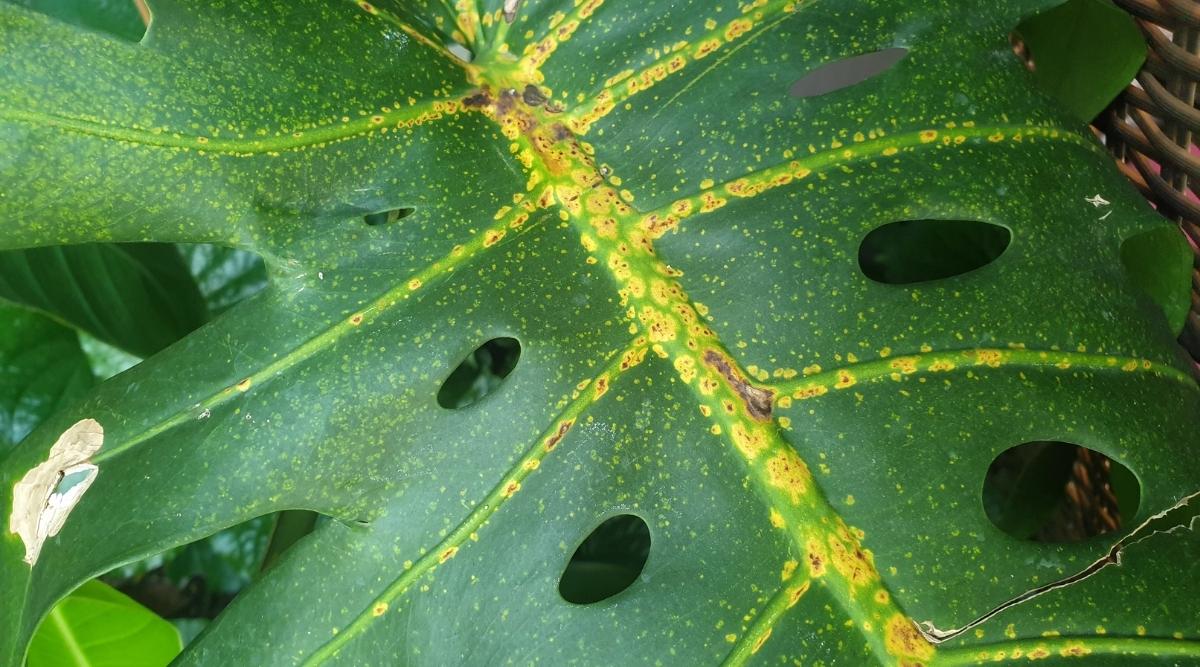
Identify the Problem First
Figure out if you’re dealing with a disease like root rot or a living pest before choosing a product, as fungicides kill different things than pesticides/insecticides.
Follow Application Instructions
Carefully read and follow all label directions for your treatment product, including dosage amounts, timing, and necessary safety precautions.
Quarantine the Plant
Keep your Monstera isolated from other houseplants during treatment to prevent the spread of pests and diseases. Consider adding Dischidia to your collection for a low-maintenance option that can thrive in isolation.
Providing Proper Lighting Conditions
While monsteras are relatively versatile in lighting, insufficient light causes spindly weak growth and increased pest susceptibility. Here are some indoor lighting tips:
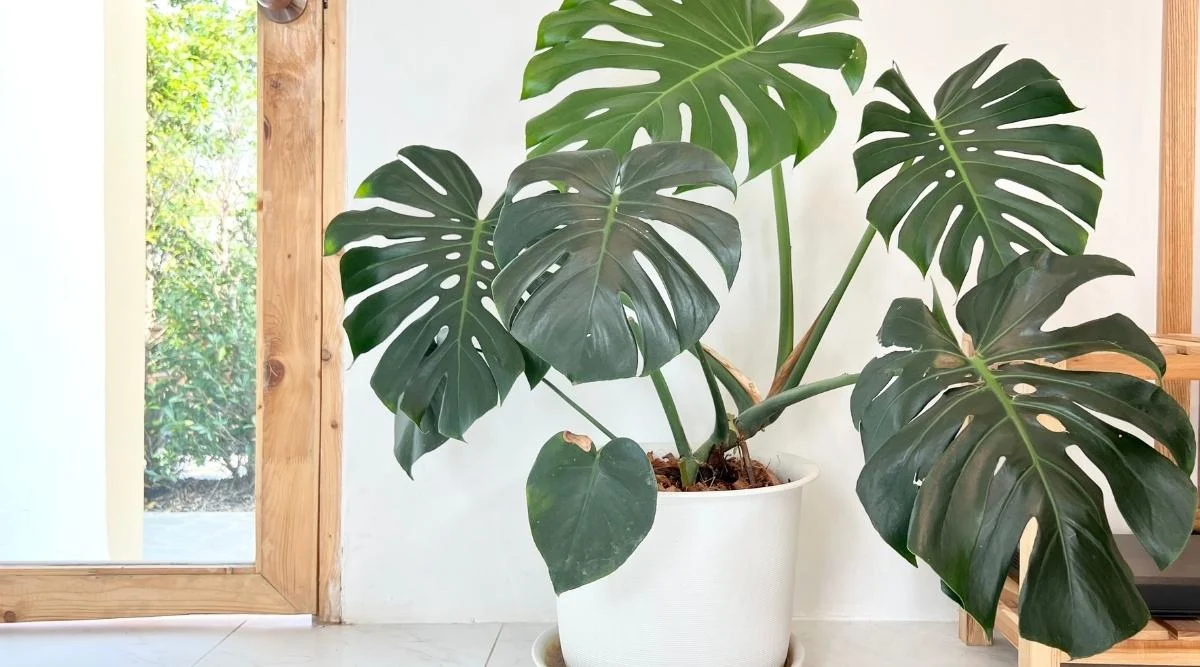
Bright Indirect Sunlight
This tropical plant thrives best in rooms with southern or eastern-facing windows. Sheer curtains can be used to diffuse harsh afternoon sun exposure. Balance your light-loving Monstera with shade-tolerant plants like Philodendron or Syngonium.
Supplemental Grow Lights
If ambient light in your space is low, use an adjustable LED plant light to give your Monstera a consistent 12-14 hours per day of illumination.
Rotate Position Regularly
Turn the pot every week or so to ensure all sides get equal light exposure and even, symmetrical growth. Avoid dark gloomy corners and back hallways.
Being Patient During Recovery
Healing a damaged monstera takes some time and tender loving care. Be patient through the recovery process. With the right adjustments and care regimen, your plant will be back to health.
Give It a Few Weeks
Don’t expect overnight miracles or a complete turnaround in just a couple days. Wait at least 2-3 weeks before evaluating if your interventions are working.
Remove Very Damaged Leaves
As new healthy leaves unfurl, keep pruning away any grossly affected old leaves that detract from appearance rather than wasting energy trying to nurse them back.
Fertilize Sparingly
Go very light on plant food until your Monstera regains strength and stability. Too much fertilizer on an already stressed plant can do more harm than good.
Conclusion
In summary, successful care of a Monstera plant hinges on early detection of problems, correct watering, adequate humidity, and proper lighting. Addressing issues like drooping leaves, discoloration, and pests promptly ensures the plant’s well-being. Pruning damaged parts and using treatments judiciously when needed are also vital. Patience is key; recovery takes time, but with consistent care, your Monstera will flourish, enhancing your space with its tropical beauty.
FAQs
-
Why are the leaves on my Monstera turning yellow?
- Yellowing leaves can be caused by overwatering, underwatering, nutrient deficiencies, or pests. Check the soil moisture and adjust watering accordingly. Ensure your plant is getting enough light and consider fertilizing during the growing season.
-
How do I fix brown tips on my Monstera leaves?
- Brown tips are often caused by low humidity or inconsistent watering. Increase humidity by misting the leaves regularly or using a humidifier. Water your Monstera thoroughly when the top inch of soil is dry.
-
What should I do if my Monstera has root rot?
- Root rot is a serious issue caused by overwatering. Gently remove the plant from its pot, trim away any mushy, brown roots, and repot in fresh, well-draining soil. Water less frequently going forward.
-
How can I encourage my Monstera to grow larger leaves?
- Provide your Monstera with bright, indirect light and ensure it has a support structure to climb. Fertilize regularly during the growing season and consider repotting into a slightly larger pot annually.
-
Why is my Monstera not producing new leaves?
- Slow or stalled growth can be due to insufficient light, low humidity, or cold temperatures. Move your plant to a brighter location, increase humidity, and ensure the temperature remains above 60°F (15°C).

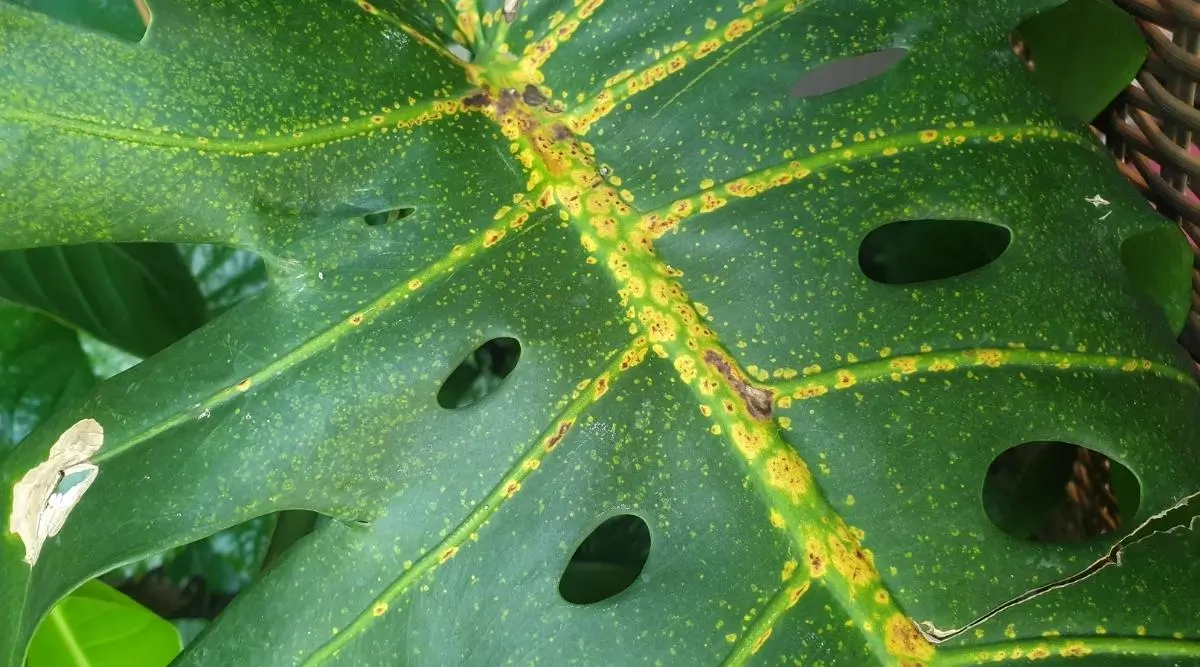
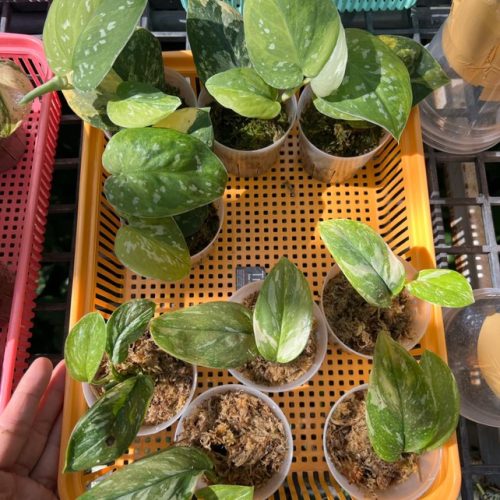
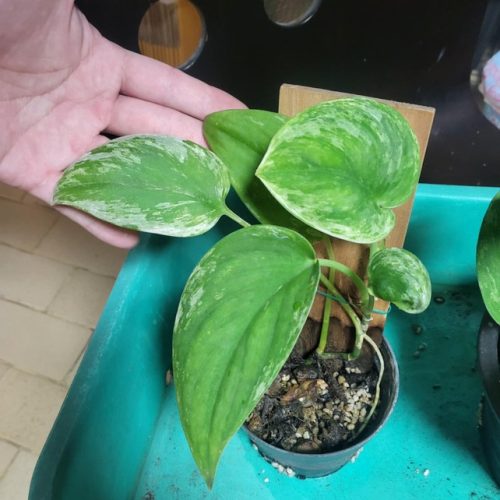

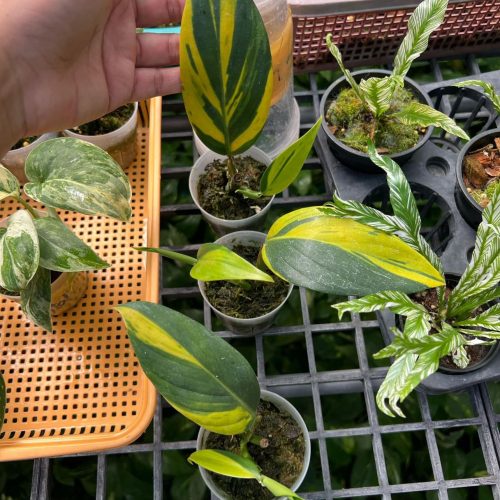
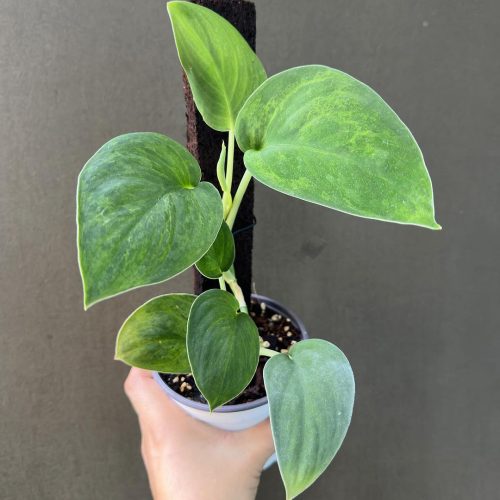
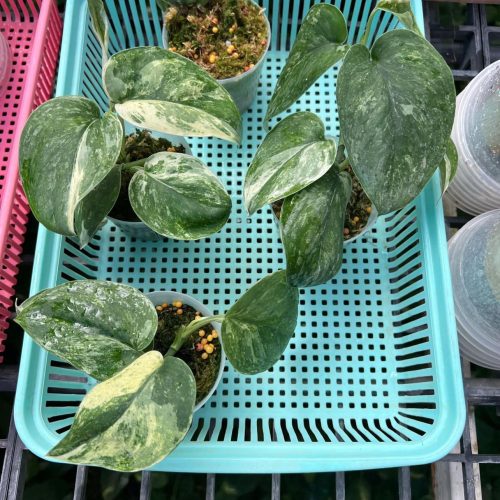
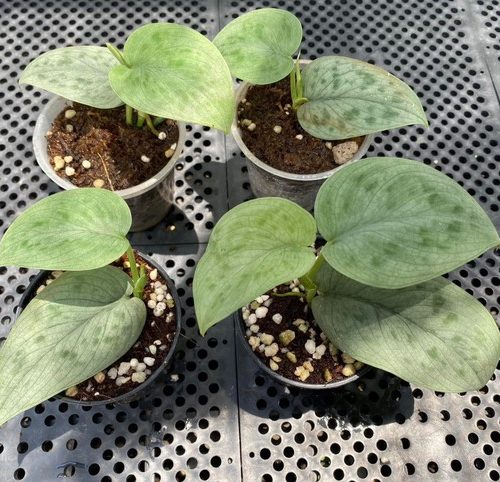




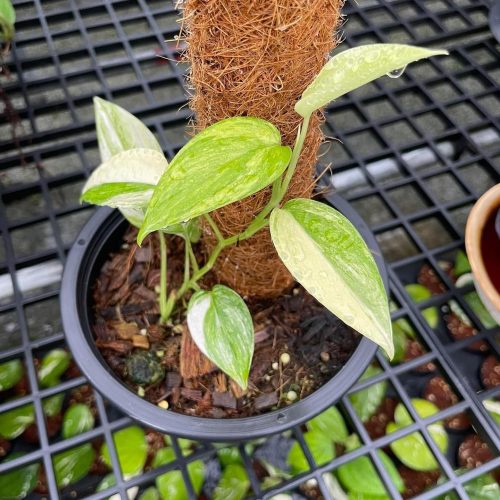

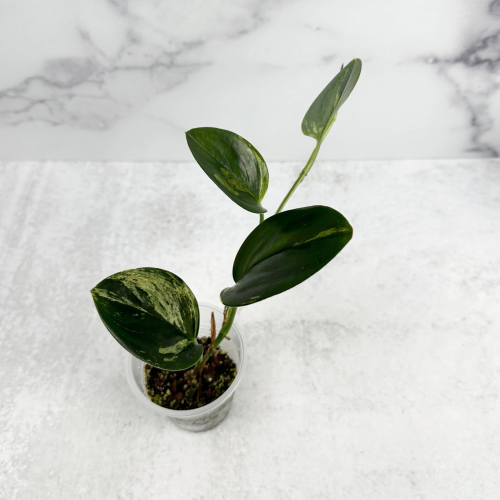




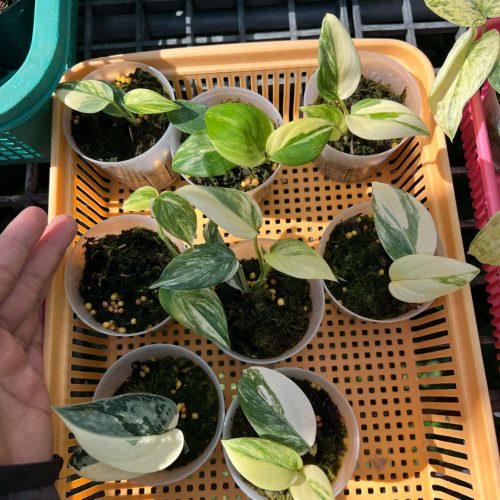
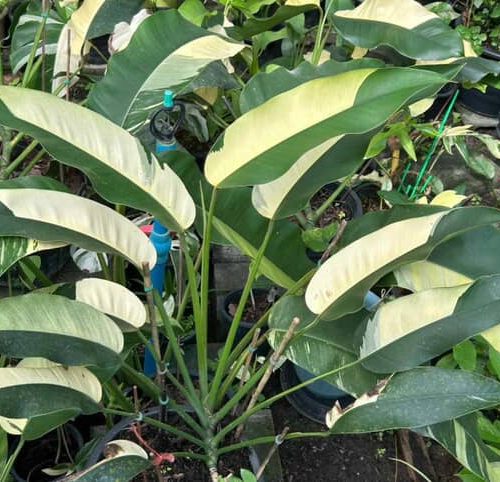
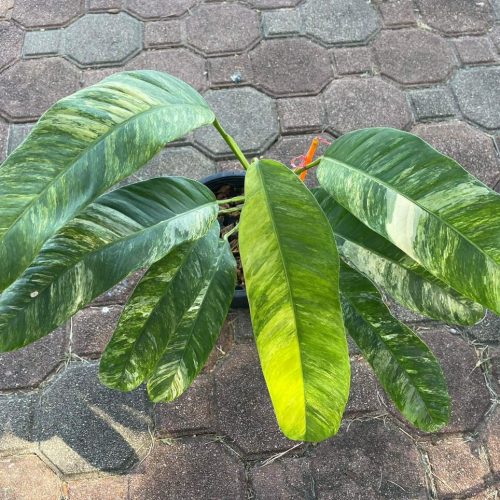


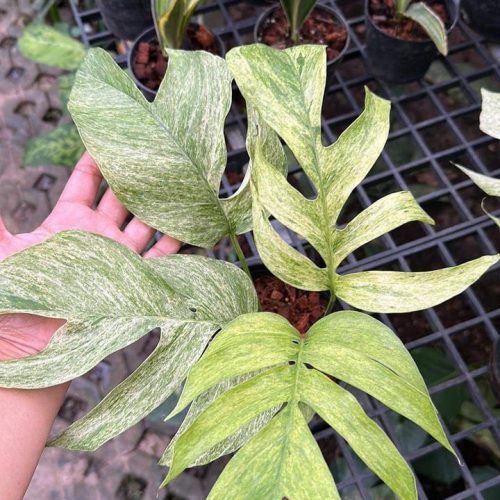




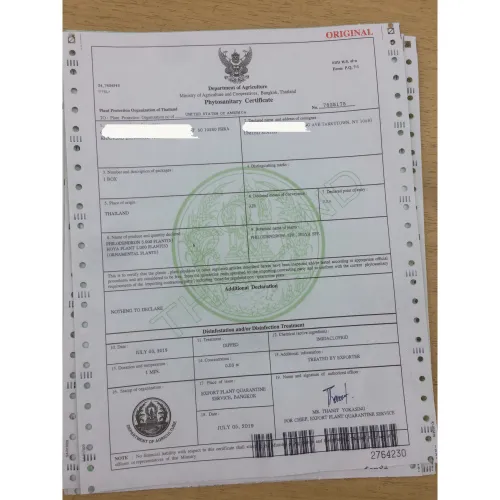
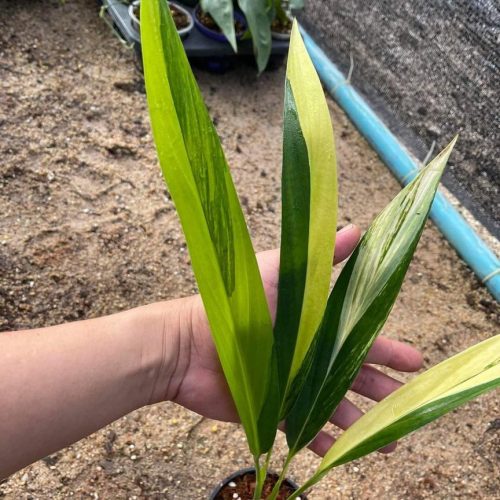

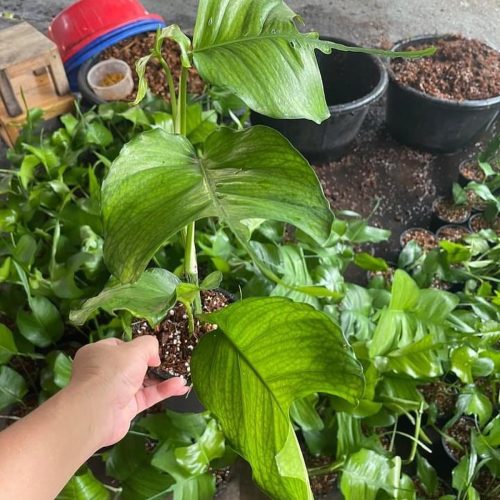
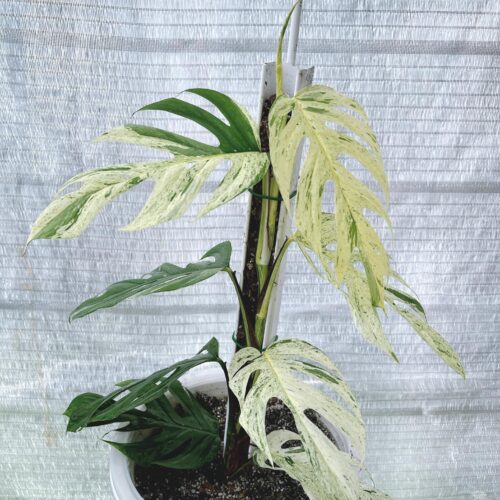
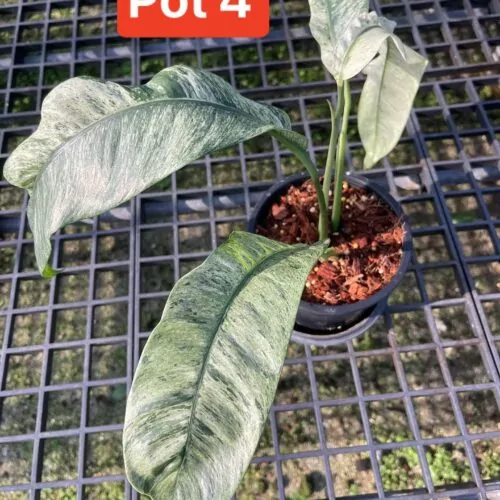



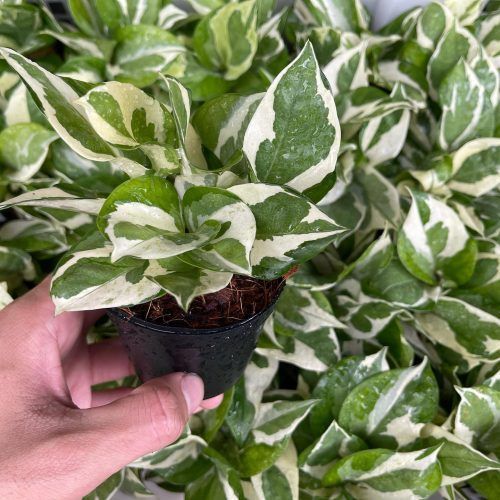
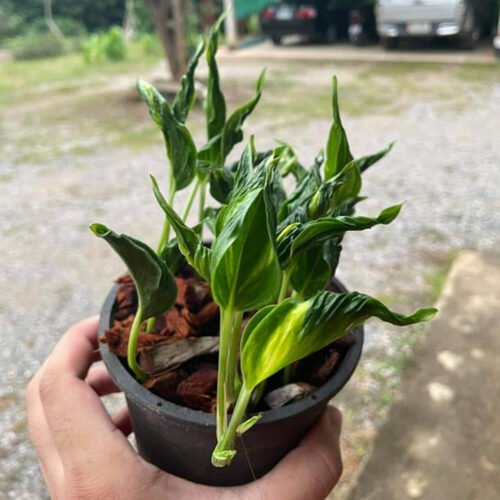
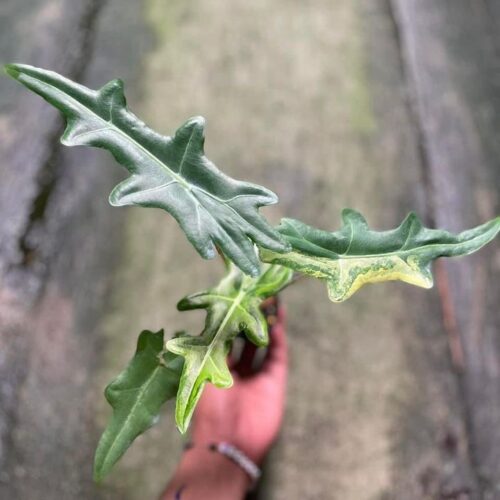
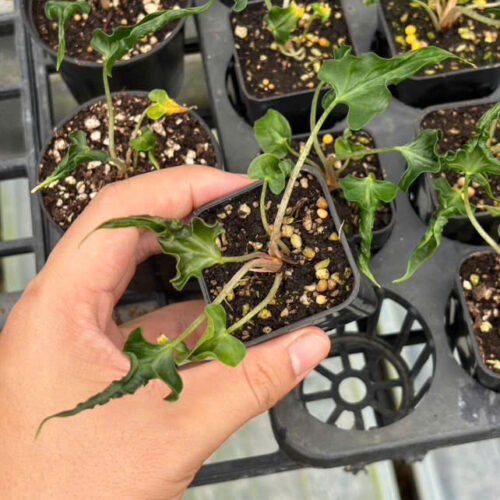

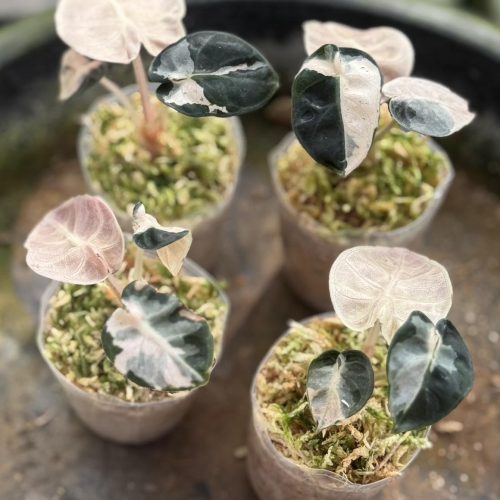


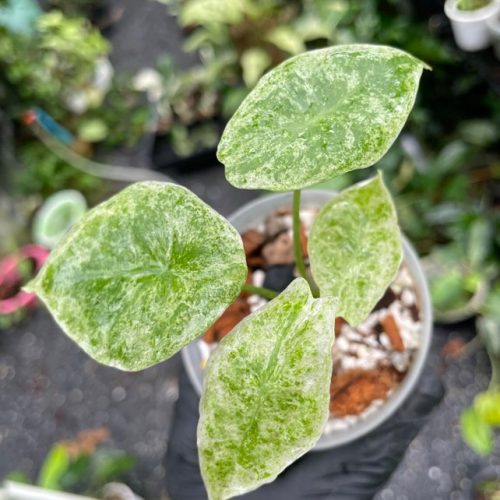
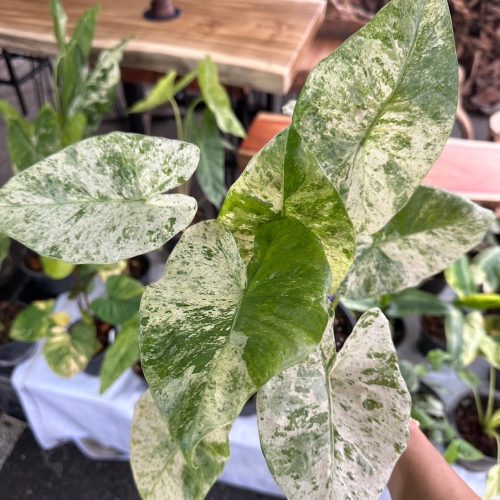

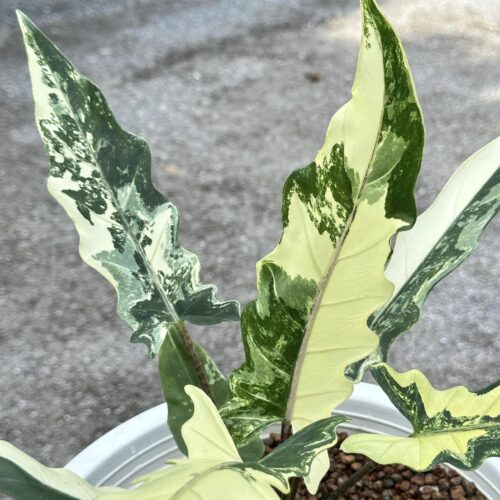
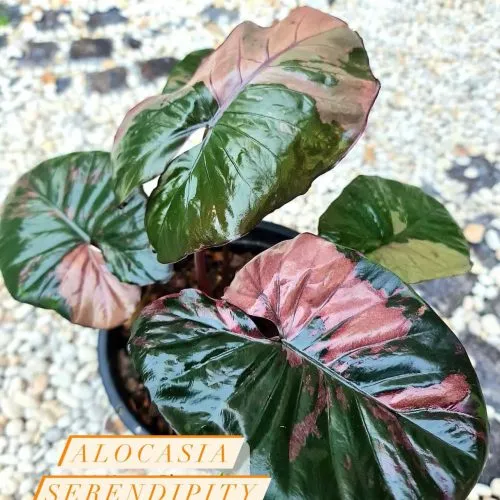
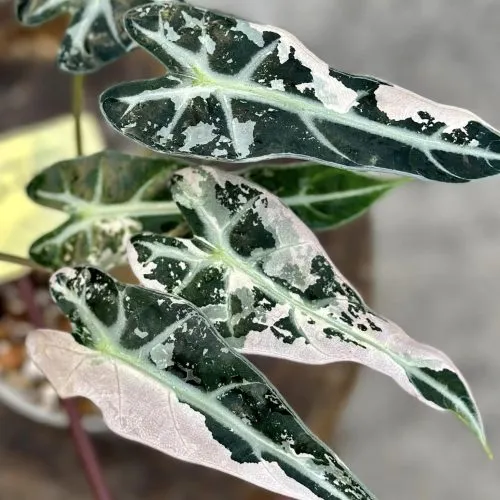
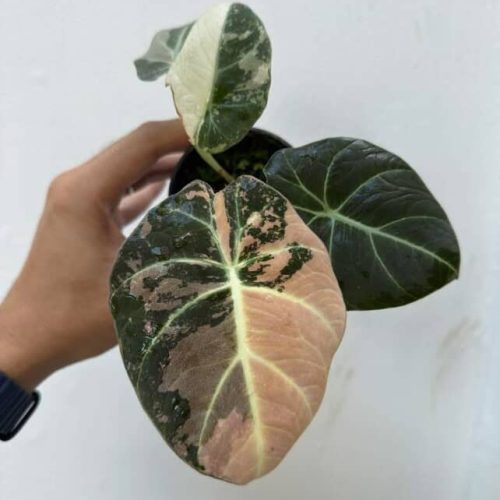
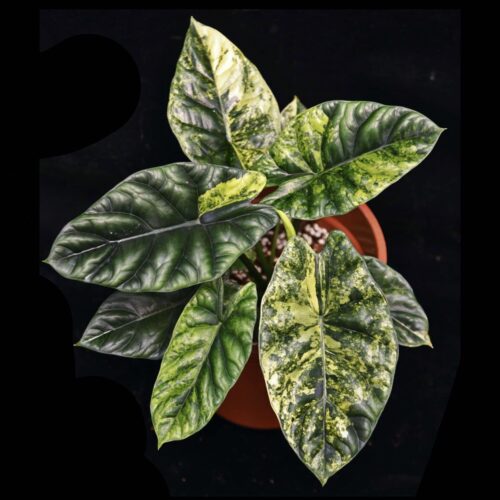
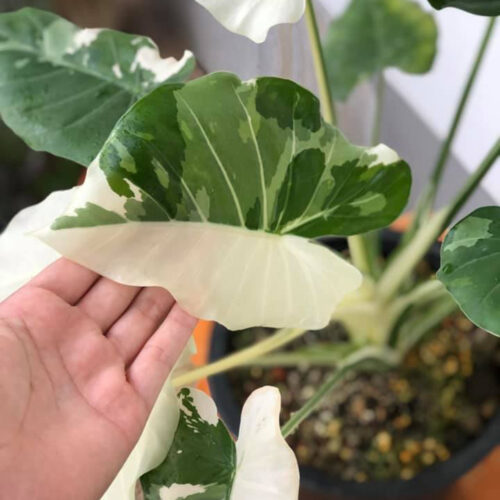
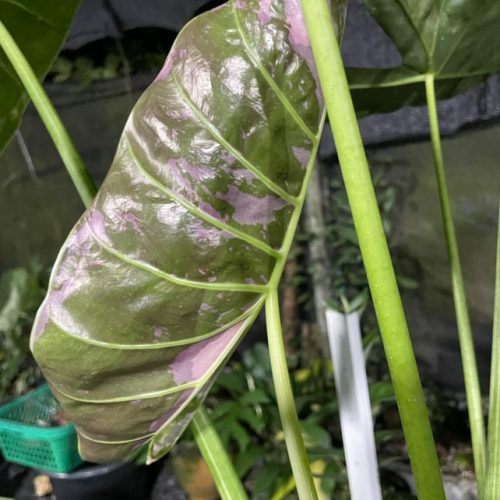
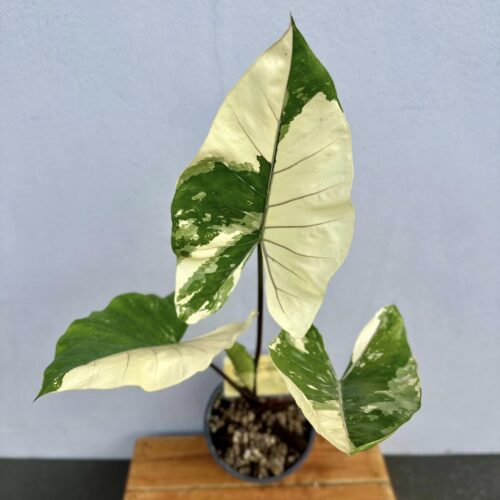
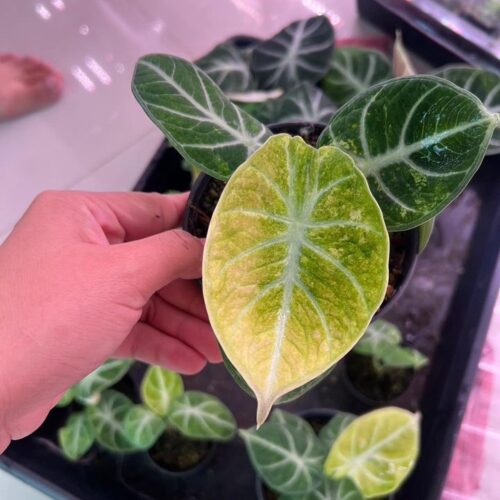
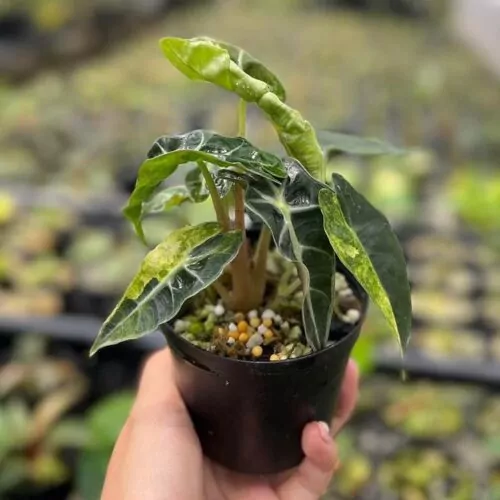
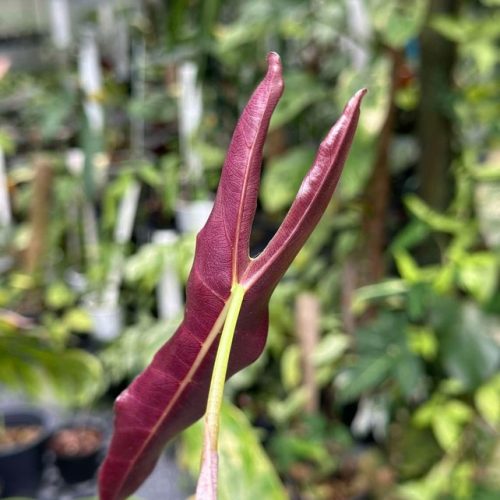
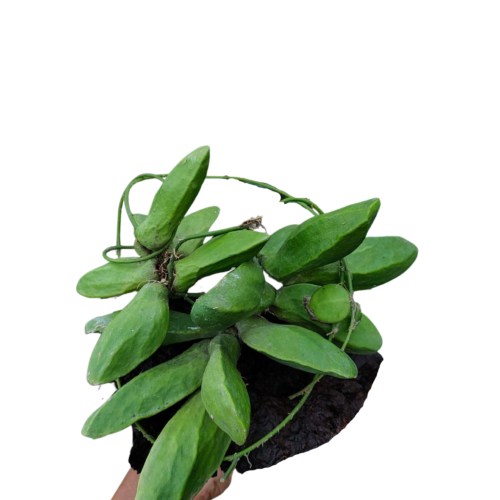
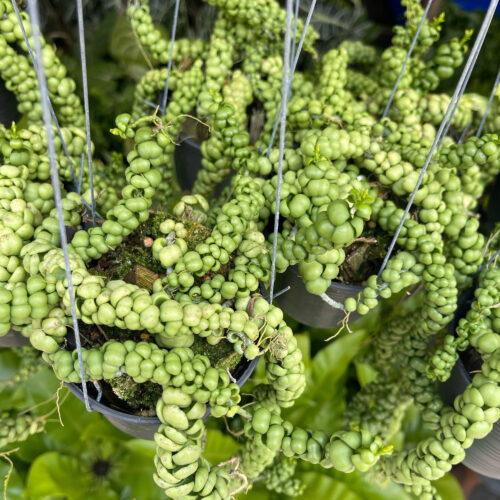
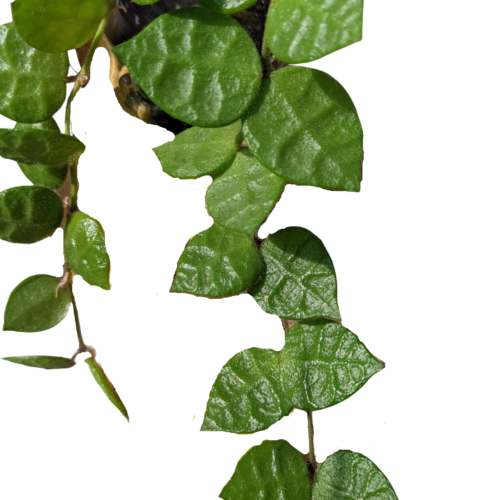
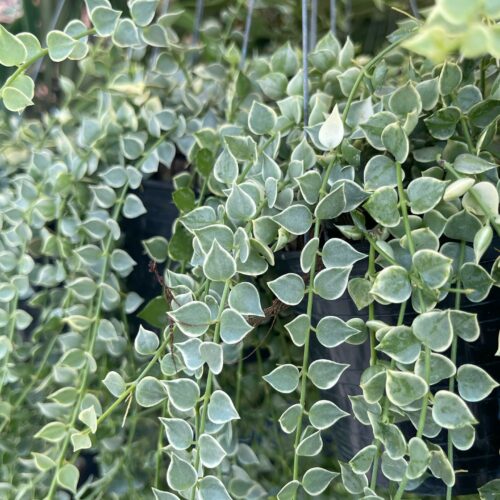
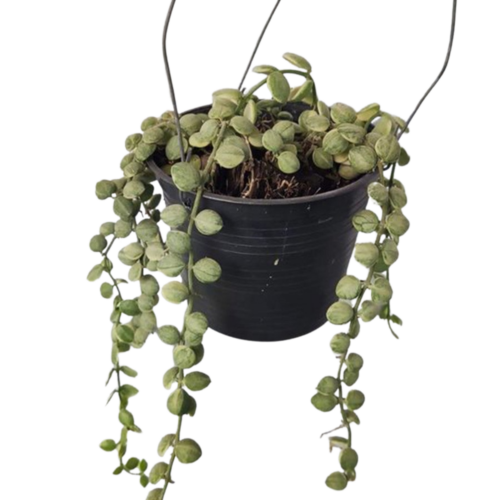
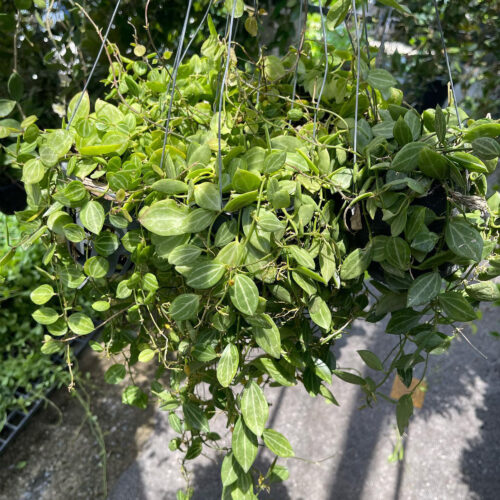

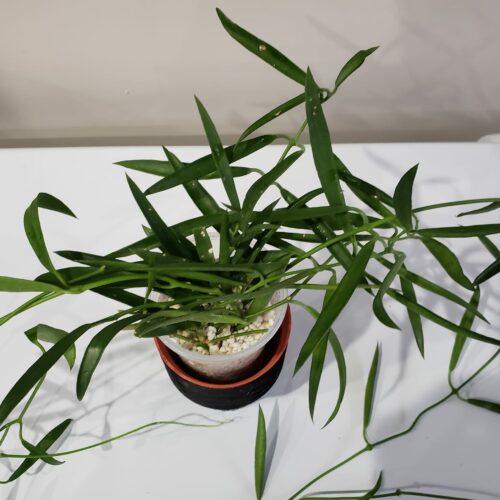
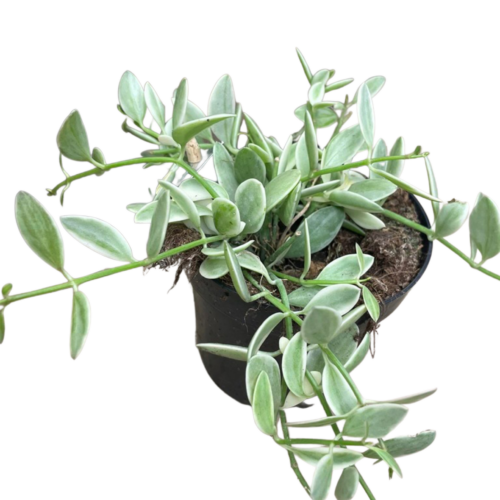

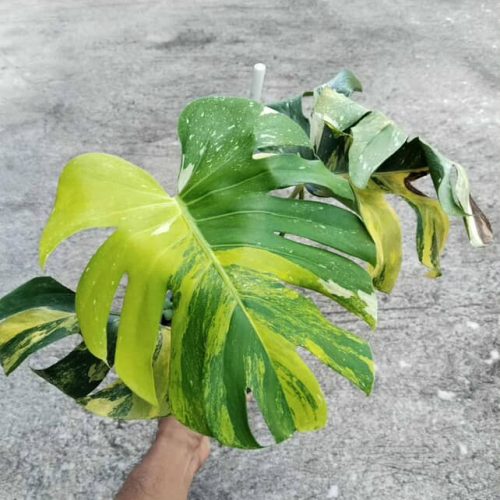
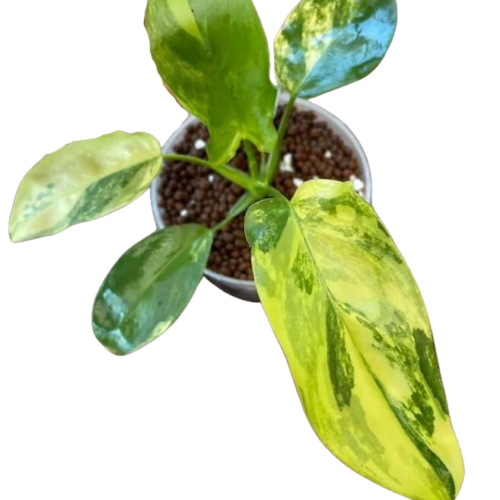
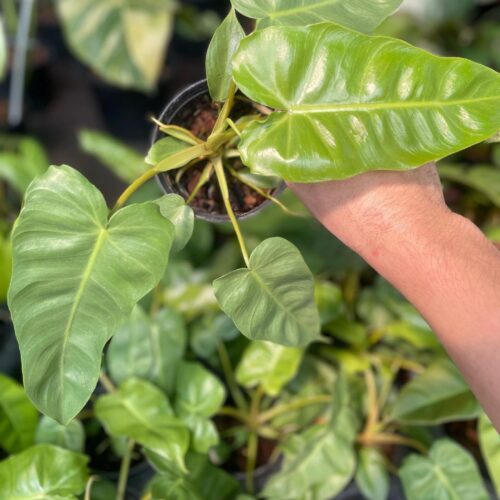
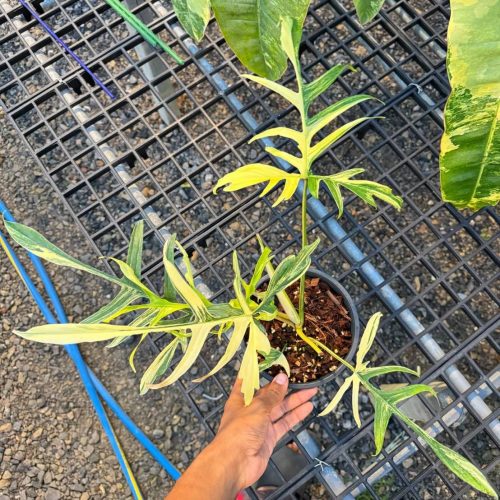
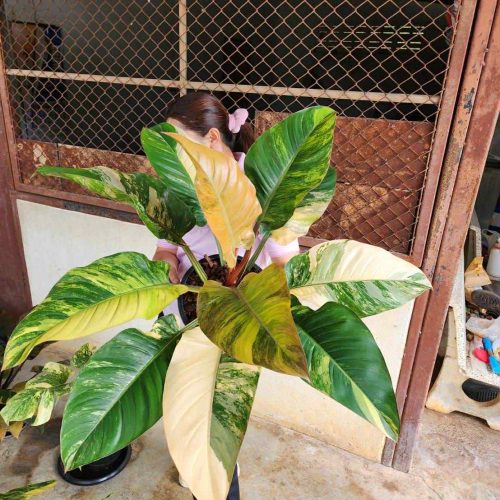
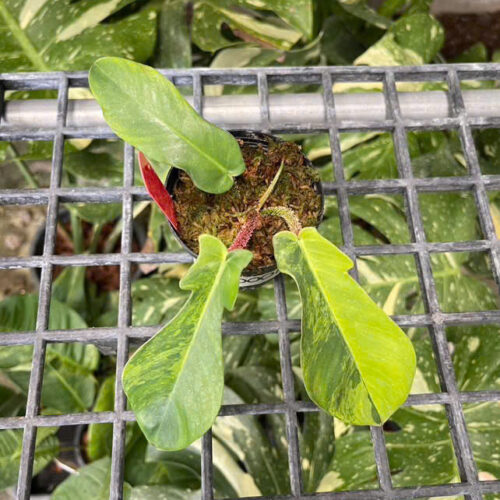
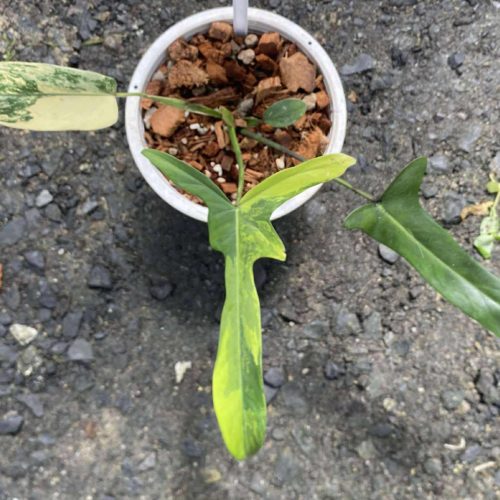
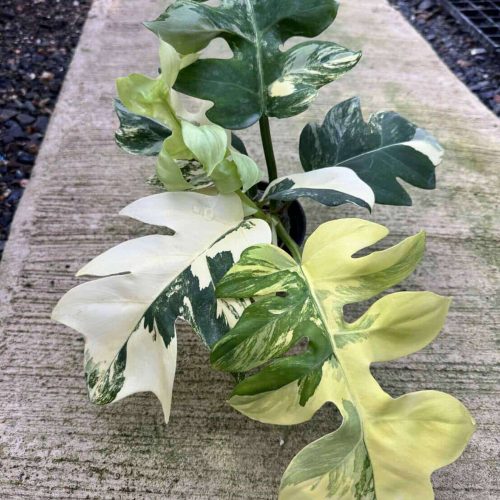
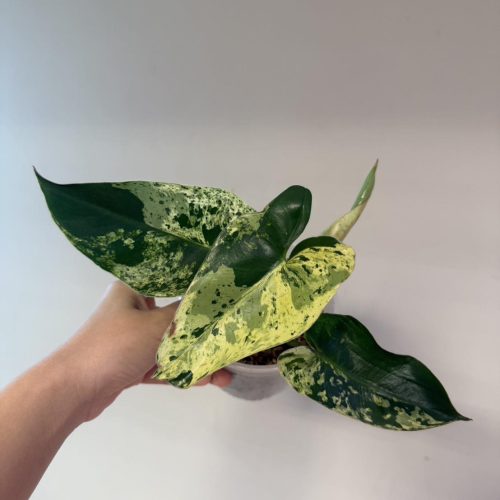
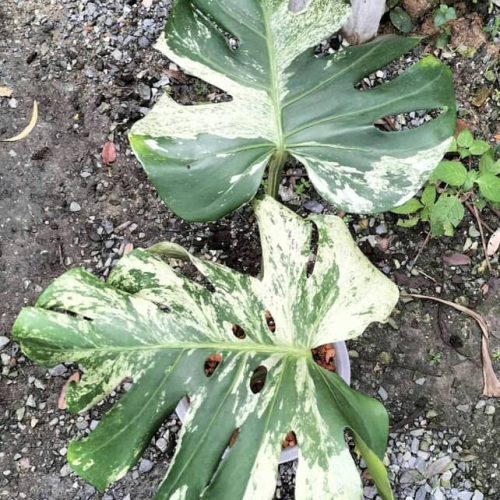
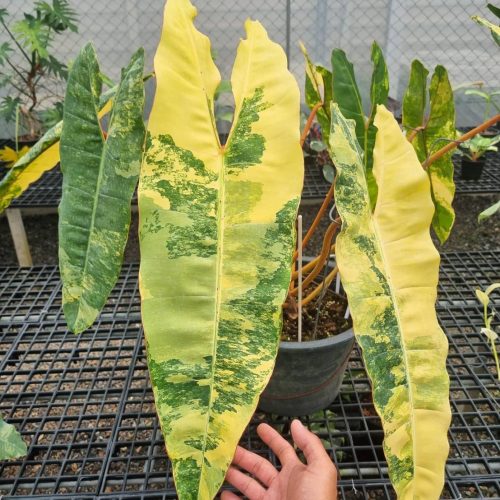

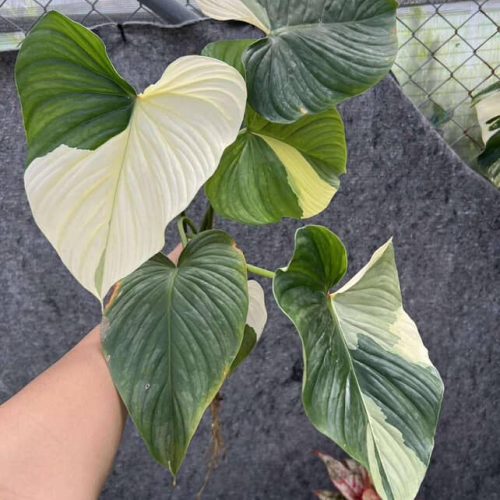
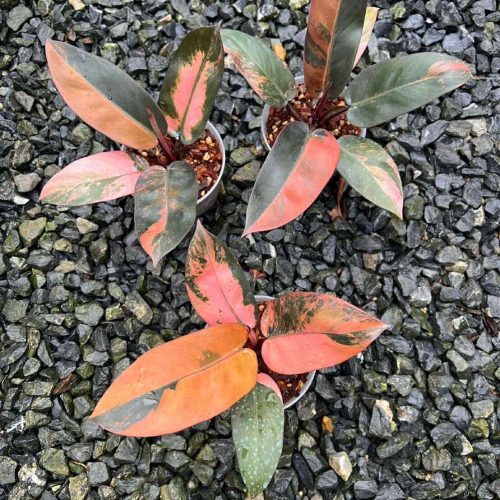
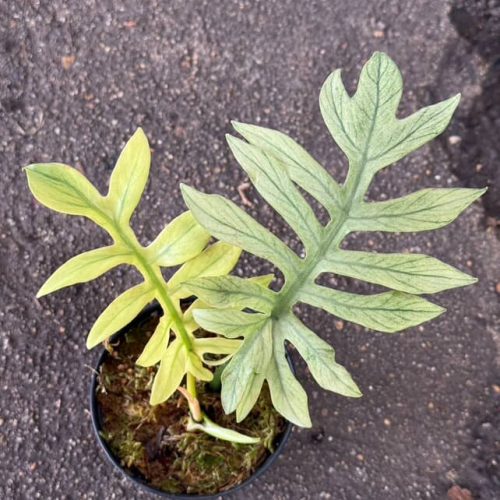
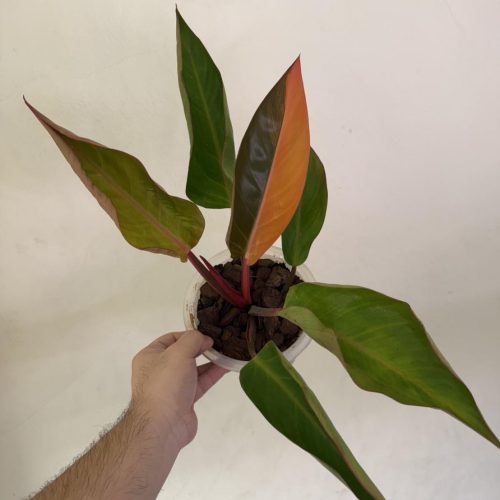
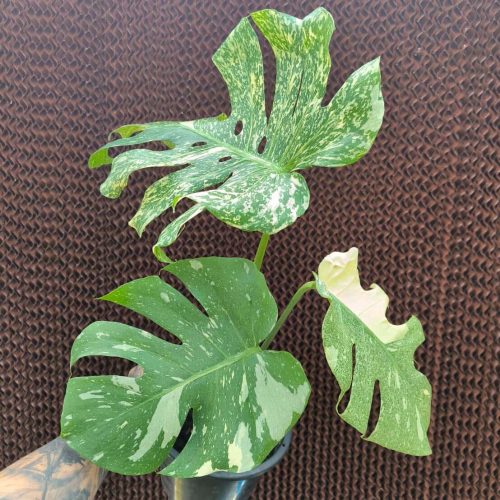
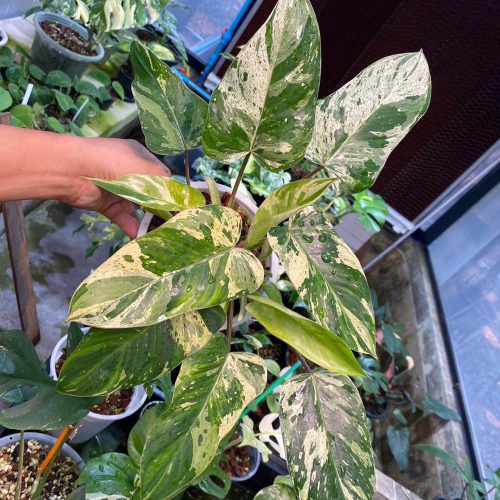
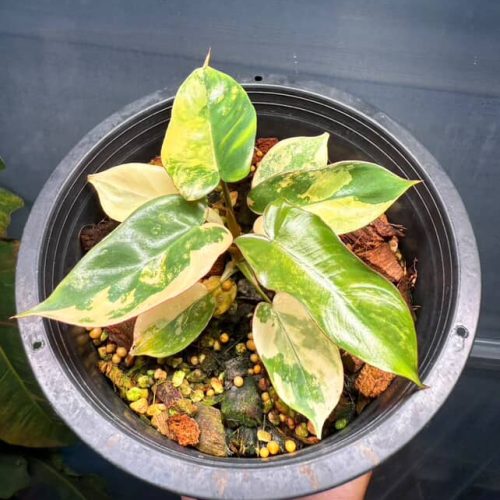
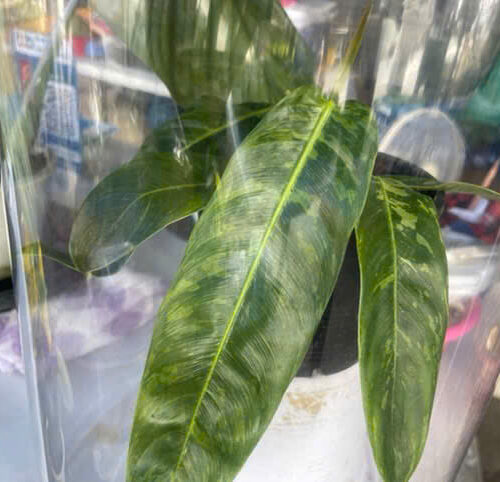

My monstera just all of a sudden started to lose its beautiful green color, and turned an ugly olive green. I noticed the leaves withered first before the change in color. All the leaves are gone now; I’m in the process of cutting the stems up now, but then I thought of googling it first before just completely destroying it … It was so beautiful before.
The damage started though because it was near my air conditioner last year; I googled it, and it stated that it shouldn’t be in air … Could that be the problem now?… HELP!!!
I understand your frustration! Monsteras are beautiful plants, and losing all the leaves can be disheartening. While it sounds severe, there might still be hope for your Monstera. Here’s what could have happened and how to potentially revive it:
Air Conditioner Exposure: You’re right, cold drafts and dry air from air conditioners can stress Monsteras. This could have weakened your plant last year, making it more susceptible to other issues.
Possible Culprits for Olive Green and Withering:
Overwatering: Cold temperatures can slow down evaporation, so even if you watered normally, the roots might have been sitting in soggy soil for too long. This can lead to root rot, causing the leaves to wither and turn olive green before dropping.
Nutrient Deficiency: Without enough light or nutrients, Monsteras can lose their vibrant green color.
What to Do Now:
Check the Stems: Before completely cutting them, inspect the base of the stems closely. If they are firm and not mushy, there’s still a chance!
Adjust Watering: Wait until the top inch of soil feels completely dry before watering again.
Increase Humidity: Since dry air might have been an issue, consider using a humidifier near your Monstera (not right next to it though).
Provide Warmer Location: Move your Monstera away from any drafts and air conditioners. Aim for a room temperature between 65-85°F (18-29°C).
Consider Light and Fertilizer: If there’s not enough natural light, look into supplementing with a grow light. Once new growth appears, you can also consider a balanced fertilizer for Monsteras.
Here’s the good news: Monsteras are known for their resilience. If the stems are healthy, with proper care, there’s a chance you might see new growth sprouting from the nodes (little bumps) on the stems. It might take some time, but with patience, your Monstera could surprise you!
If you’re unsure about the stem health or need further guidance, consider consulting a local nursery or plant specialist. They can give you a more personalized assessment based on your Monstera’s specific situation.